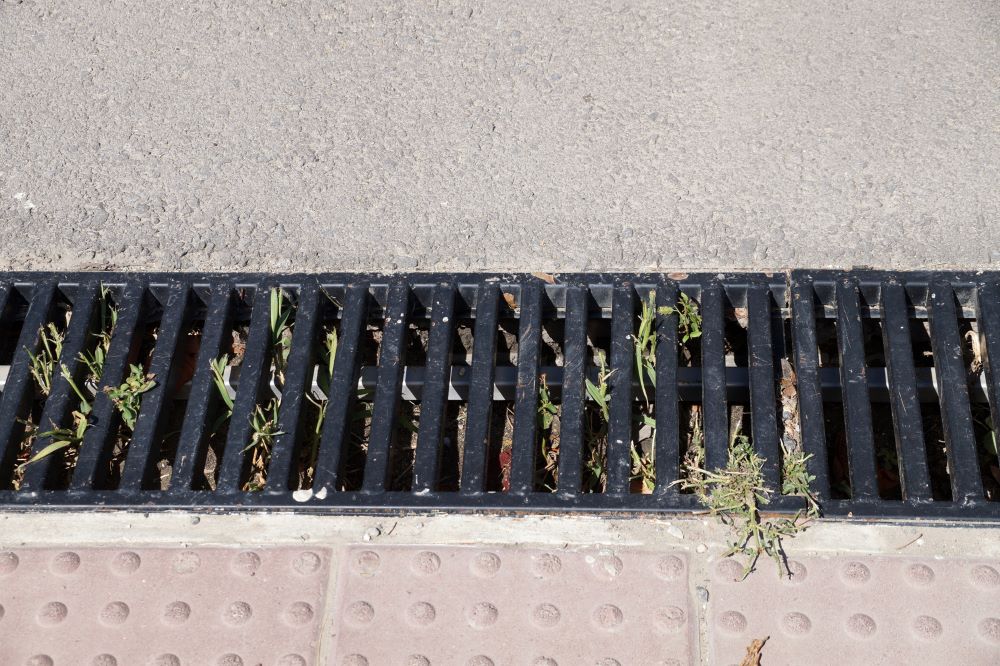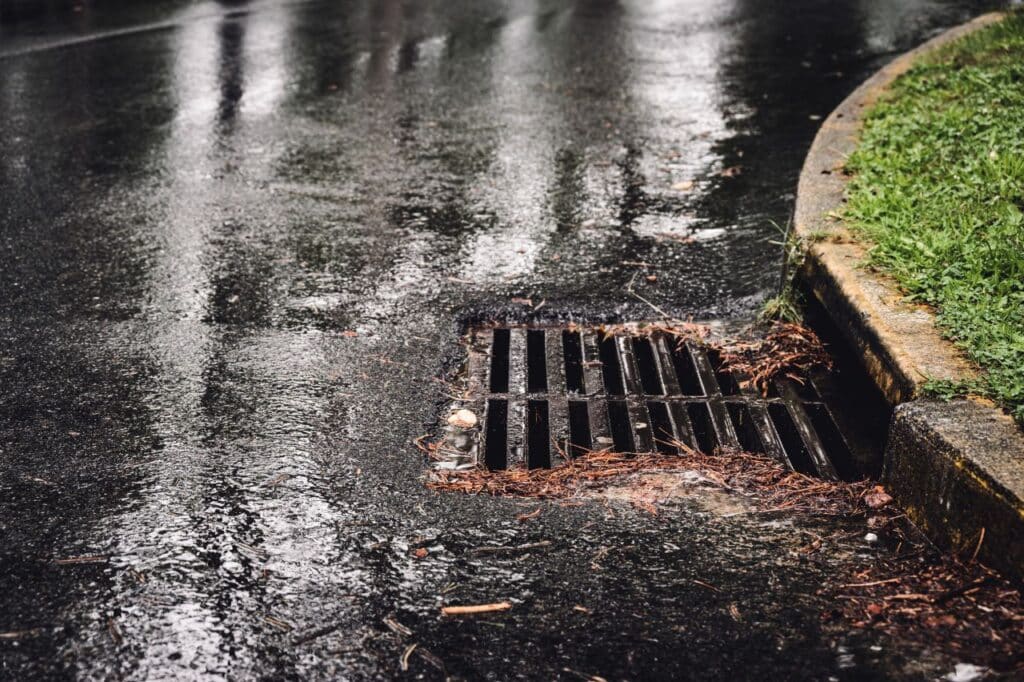Understanding Drainlaying and Its Role in Auckland Properties
What Is Drainlaying?
Drainlaying refers to the installation, alteration, or repair of underground pipes that remove wastewater and stormwater from properties. These pipes must be laid out accurately to ensure safe and effective drainage, protecting buildings from water damage and ensuring compliance with health standards.
In New Zealand, drainlaying is a regulated trade due to its technical complexity and the potential health hazards associated with improper drainage.
Why Drainage Systems Are Crucial in Auckland’s Climate
Auckland’s climate features high rainfall levels and occasional severe storms, making efficient drainage systems essential for both residential and commercial properties. Poorly designed or maintained drainage can lead to water pooling, erosion, property damage, and even localised flooding.
The region’s combination of urban sprawl and topographical variations also means each property may have unique drainage needs, which adds to the importance of getting the job done correctly.
DIY Drainlaying – Is It a Feasible Option?
Scope of Work a DIY Enthusiast Might Attempt
While some aspects of drainage maintenance, such as clearing blocked downpipes or minor gutter repairs, may be manageable for a competent DIYer, most underground drainlaying work goes beyond basic handyman skills.
Laying new drainpipes, connecting to council infrastructure, or even rerouting existing systems requires precise calculations, specialised tools, and thorough planning.
Tools, Skills, and Knowledge Required for DIY Drainlaying
DIY drainlaying requires access to excavation equipment, pipe cutters, pipe joiners, levels, and inspection cameras. More importantly, it demands a solid understanding of local plumbing codes, hydrology, and pipe gradient requirements. Misjudging any aspect, such as the pipe fall ratio or joint integrity, can compromise the entire system, leading to leaks or backflow issues.
Risks and Common Pitfalls of DIY Drainage Work
The risks of DIY drainlaying include damaging existing utilities, incorrect pipe gradient causing pooling or backups, and legal issues from failing to comply with building codes.
Even seemingly minor errors can escalate into costly fixes if they affect the property’s foundation, landscaping, or neighbour drainage. Most concerning is the legal implication, only licensed drainlayers can legally carry out or certify such work in New Zealand.
Professional Drainlayers in Auckland – What Do They Offer?
Licencing and Certification Requirements in NZ
In New Zealand, drainlaying is a licensed trade under the Plumbers, Gasfitters, and Drainlayers Board (PGDB). Licensed drainlayers must complete a recognised apprenticeship, pass national exams, and hold ongoing certification. This ensures they are up to date with the latest standards, techniques, and regulations.
Services and Expertise Provided by Auckland Drainlayers
Professional drainlayers in Auckland offer a full suite of services, including new installations, stormwater system upgrades, CCTV inspections, repairs, and council connection compliance. Their experience across diverse properties, ranging from heritage homes to modern builds, allows them to tailor solutions that consider both the physical layout and local regulations.
Ensuring Compliance with Auckland Council Regulations
Working with a licensed drainlayer ensures all installations and repairs comply with Auckland Council requirements and the NZ Building Code. Council sign-offs, inspections, and building consent processes are streamlined when a professional is involved. This is particularly crucial for projects involving shared boundaries, street kerbs, or public water mains.

Comparing Costs: DIY vs. Hiring a Professional Drainlayer
Upfront Costs vs. Long-Term Value
At first glance, DIY might seem cheaper, especially if you already own some tools or plan to do the work in your spare time. However, the upfront savings often pale in comparison to the value professionals bring through durable results, warranty-backed work, and time efficiency. Mistakes made by amateurs can cost thousands to fix later.
Hidden Costs of DIY Mistakes or Non-Compliance
Failed inspections, damage to existing infrastructure, or incomplete council paperwork can delay projects and result in hefty rework costs.
Additionally, non-compliant drainage can affect future resale value, insurance claims, and even result in legal penalties. Hiring a professional may come with a higher invoice, but it also includes peace of mind and guaranteed workmanship.
Key Factors to Consider Before Making a Choice
Project Complexity and Scope
If your project involves simple drainage maintenance or surface water redirection, DIY might be sufficient. However, for anything involving underground work, new builds, or significant repairs, the complexity generally warrants professional help. The deeper and broader the excavation, the more specialised the knowledge required.
Time, Safety, and Legal Considerations
DIY projects often take longer due to learning curves and limited availability. Safety is another issue—working in trenches or near utilities poses serious risks. Legally, you cannot certify your own drainage work unless you’re a licensed drainlayer, which means you’ll still need a pro to inspect and approve your work before council sign-off.
Impact on Property Value and Insurance
Professional work provides documentation, warranties, and council approvals, all of which can enhance property value and streamline insurance claims. Conversely, undocumented DIY work may raise red flags during a property sale or inspection. Insurance companies may also decline claims linked to unlicensed or uncertified drainage work.
Real-World Scenarios: When to Go DIY and When to Hire a Pro
Minor Repairs and Maintenance Tasks
Tasks like clearing gutters, redirecting surface runoff with landscaping, or replacing a broken drain cover can often be handled by DIY-savvy homeowners. These low-risk tasks don’t typically require council approval and pose minimal risk of long-term damage if done incorrectly.
Major Installations, Renovations, or New Builds
When building a new home, extending your current property, or installing a full stormwater system, hiring a professional drainlayer is non-negotiable.
These projects must meet specific technical and legal standards, and mistakes can lead to costly consequences. Only a qualified drainlayer can ensure the system integrates correctly with both your property and the local council’s infrastructure.
Final Thoughts on Making the Right Drainlaying Decision in Auckland
Choosing between DIY and professional drainlaying in Auckland ultimately comes down to the complexity of the job, your legal responsibilities, and the risks involved. While there’s a place for DIY in minor drainage upkeep, the bulk of meaningful drainlaying work requires professional oversight.
With Auckland’s specific environmental conditions, strict regulations, and the high stakes of getting drainage wrong, hiring a licensed drainlayer is almost always the smarter, safer choice.




